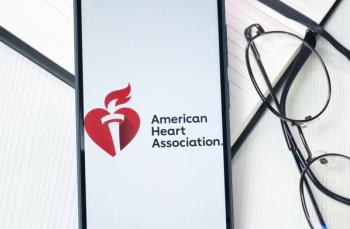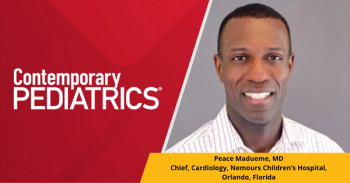
Hospitalizations for pediatric hypertension double
Hospitalizations of children with hypertension doubled over a 10-year period. A recent study suggests why and reveals which children are at greatest risk. More >>
Hospitalizations of children with hypertension doubled over a 10-year period. A recent study suggests why and reveals which children are at greatest risk.
Touting their research as the first nationally based
Using nationwide discharge data from the Healthcare Cost and Utilization Project
The price tag for these hospitalizations is a staggering $3.1 billion, representing a 50% increase during the decade. Length of stay contributed to the problem; children with hypertension stayed in the hospital twice as long as those without (8 days vs 4 days). The most significant increases in charges were for children with hypertension and end-stage renal disease (ESRD); 6% of hospital admissions had diagnosis codes for both hypertension and ESRD or renal transplant.
Most (68%) of the hospitalizations were in 10- to 18-year-olds. The researchers surmise that this probably relates to the rise in adolescent obesity. The
The researchers found that a little more than 9% of children with hypertension also had a code for obesity; of those with obesity, 91% were 10- to 18-year-olds. However, the researchers used a database that didn’t capture body mass data, they say, and coding for obesity can be unreliable, especially because it isn’t typically reimbursable.
Those children admitted for hypertension also tended to be boys (55%), black (53%), and treated in a teaching hospital.
When hypertension was the primary diagnosis, the most common secondary diagnoses were convulsive disorder not otherwise specified, headache, obesity, and systemic lupus erythematosus (SLE). The most common primary diagnoses to accompany hypertension were SLE, kidney transplant complications, pneumonia-organism not otherwise specified, and acute proliferative glomerulonephritis.
Newsletter
Access practical, evidence-based guidance to support better care for our youngest patients. Join our email list for the latest clinical updates.









